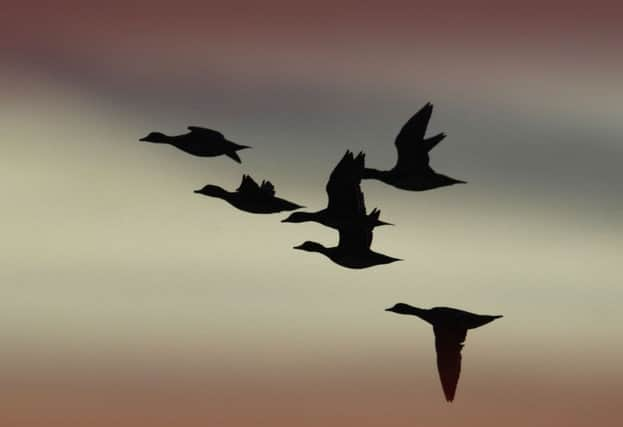Where history takes a hand in our habitat
This article contains affiliate links. We may earn a small commission on items purchased through this article, but that does not affect our editorial judgement.


RSPB Scotland manages more than 80 nature reserves in Scotland: some small like Mersehead in Dumfriesshire, others vast like Abernethy or the Flows east and north of Forsinard.
To inform its work on the ground and in the wider world, the organisation has a host of specialists on its staff, including ornithologists, fundraisers, ecologists, educationalists and scientists
Advertisement
Hide AdAdvertisement
Hide AdRecently the knowledge base has been extended to include archaeology and history – the historic environment. As one of the most significant nature conservation charities in Scotland, this may appear to be an odd move, but as a major landholder there is a cogent argument for such a decision.
Scotland’s landscapes contain a wealth of evidence relating to past land uses, from the burial cairns of the first farmers, to the extensive abandoned 18th or 19th-century farms and fields of today’s marginal ground, and the lines of Second World War defences around our coasts.
They, and the many other elements of the historic environment, are valued aspects of our social and economic well-being.
For landowners, knowing the nature of the resources that are dispersed across the ground is a fundamental element that informs their work. Maximising opportunities, enhancing outputs, managing habitats – all are features of today’s approach to farming, forestry and visitor engagement.
The west of Scotland in particular has extensive woodlands and wood pastures that are themselves historic features. Even individual trees can reflect 200–300 year-old management.
Some of the oaks on the Royal Society for the Protection of Birds (RSPB) Scotland’s nature reserves at Inversnaid and Wood of Cree seem to have been trained so that limbs take on the shape of the crucks – the main roof timbers of the period. Coppicing for uses like hurdle-making or charcoal-burning is still evident, as are the associated industrial traces of mineral working – there’s even the ruins of a charcoal-fired blast furnace in the now treeless landscape of Airds Moss in Ayrshire.
There is also the buried evidence in our peatlands, which hold thousands of years of environmental and historical data about land use and habitat change. Across RSPB Scotland’s landholdings there are also numerous built features that have survived the changes wrought by urbanisation and the agricultural improvements of the 19th and 20th centuries. There are individual prehistoric settlement areas that are now being cleared of bracken and scrub, revealing ancient houses and burial mounds and ensuring their longer-term survival.
In other instances on the ground interventions are not needed, but tracing the genealogy of places is exciting.
Advertisement
Hide AdAdvertisement
Hide AdIndividual abandoned farmsteads often have evocative histories – named families who came into tenancies for seven years at a time, as on Orkney, and then moved on – the constant changes reflecting the hardships of trying to make a living from marginal ground.
Other small farm buildings, like those scattered across The Oa in south-west Islay, were only occupied for a very short period of time. There, a wave of people who moved from other parts of the island were allowed to work tiny plots of rough wet land. But they were soon moved on again, this time having to leave everything behind when they crossed the sea for the Central Belt or foreign lands.
Whether this sort of information is gathered as a result of site-specific management or research, many of these and other features are getting a new lease of life with RSPB Scotland. Reserve staff are including some of them along way-marked trails and in guided walks.
The historic environment is adding value to reserve visits. It’s also enabling and enhancing our broader understanding of Scotland’s historic landscapes and natural habitats for the future – it’s a win-win situation.
• Jill Harden is RSPB Scotland’s reserves archaeologist